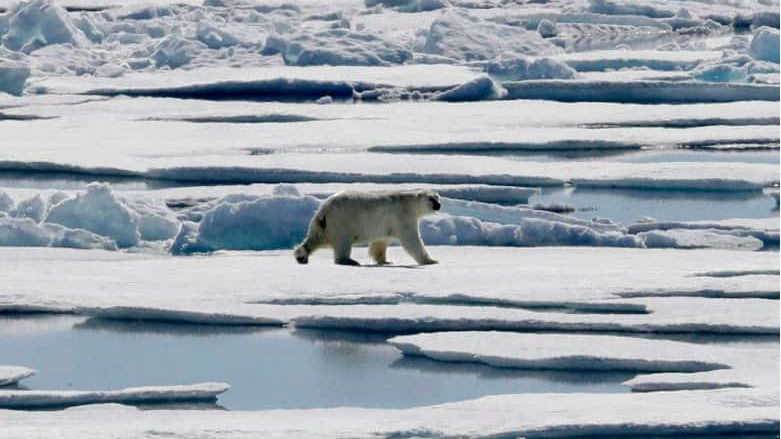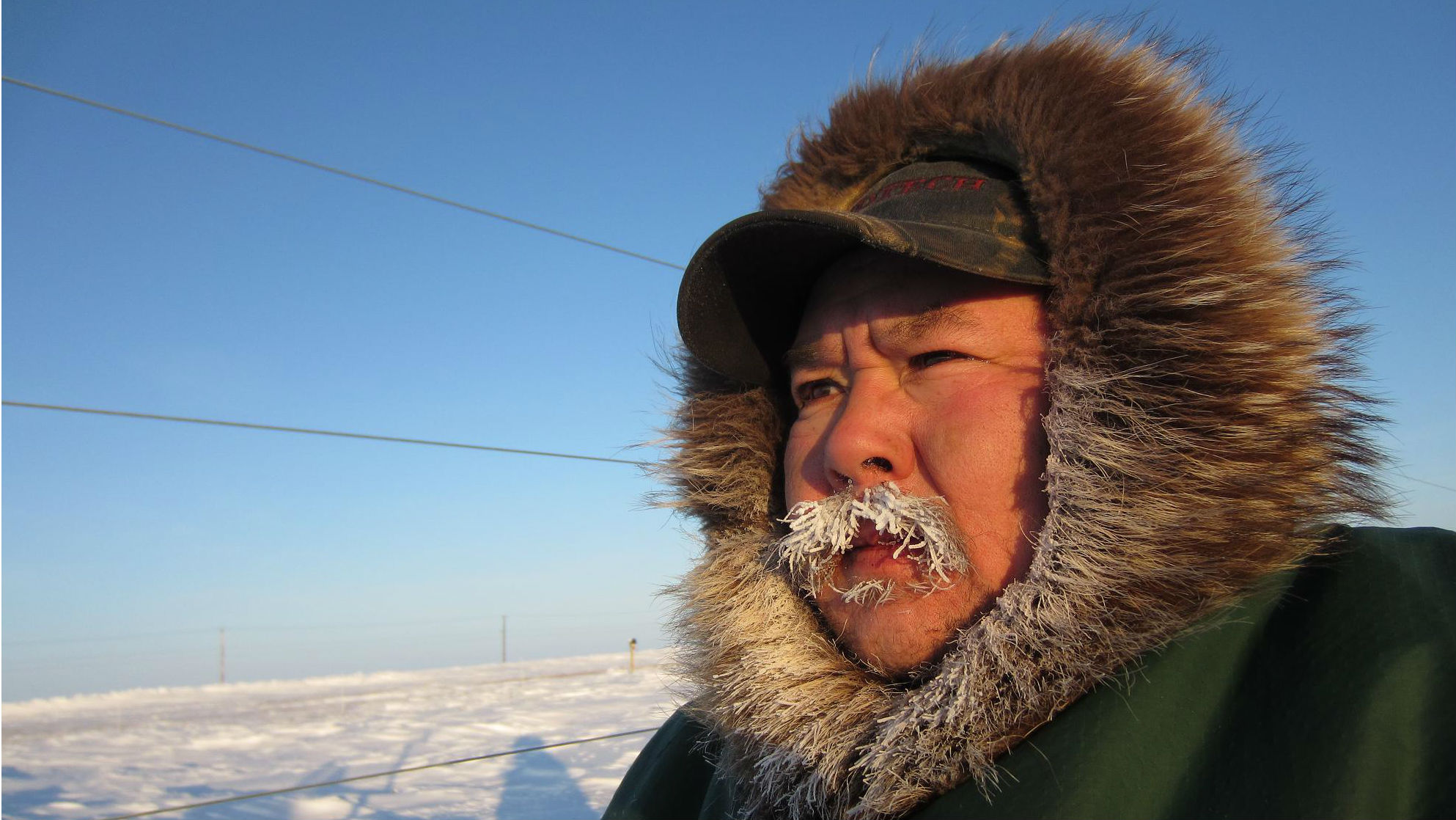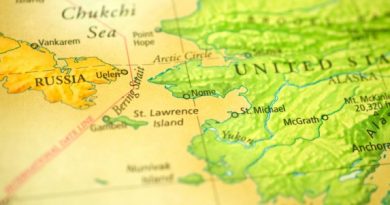The garbage polar bears get into is getting into them

Aluminum foil. Car keys. Candy wrappers. Half a towel.
If there was a Canada Food Guide for bears, none of these would make the cut.
But scientists, and some hunters in northern communities, say they’ve seen these items — and more — in the stomachs of harvested polar bears.
That could be bad news for the majestic mammals, and for the people who live near them.
Researchers observed that the plastic contents found in bears’ stomachs, in some instances, appeared to correlate with aggressive behaviour.
At the Alaska Marine Science Symposium this January, scientists from the state’s North Slope region reported that stomach content analysis of 51 harvested polar bears from 1996 to 2018 showed over a quarter of the bears had eaten some kind of plastic.
The scientists wrote that two bears with a “significant amount of plastics in their stomachs” became aggressive and irritable before they were killed and “did not respond to polar bear deterrent measures.”
Northwest Territories government is listening
The Northwest Territories Department of Environment works with regional hunting organizations to collect samples from bears hunted in the western Arctic.
Previously, hunters were not asked to sample a bear’s stomach. But in an email, a spokesperson for the department wrote that “moving forward, ENR [Environment and Natural Resources] intends to ask hunters to either open the stomach and take photos of the contents, or bring the stomachs back for analysis if possible.”
The department turned down an interview request, but in the email, the spokesperson said ENR representatives heard one of the North Slope scientists present their findings last year at a regular meeting with Inupiat (Alaskan Inuit) and Inuvialuit (Canadian western Arctic Inuit) leaders.
For Robert Rockwell, another biologist who studies polar bears, the numbers confirm what he’s previously seen: polar bears are shifting diets as a result of climate change.
“We’ve all known with climate change, the bears are coming ashore earlier, they’re spending more time onshore and they’re becoming habituated,” said Rockwell, a research associate with the American Museum of Natural History.
“When they get into a town or into a village, they’re going to find whatever they can find — and that’s human garbage.”
Plastics may not be a problem elsewhere
Not everyone thinks polar bears eating plastic is an issue where they live.
David Kuptana of Ulukhaktok, N.W.T., said he remembers shooting his first “pizzly” — a polar-grizzly bear hybrid that was sniffing around town — in 2010, and seeing candy wrappers and aluminum foil inside the bear’s stomach.
But, he says, “That’s not normal.”
Kuptana says he often opens the stomachs of bears after he hunts them, and polar bear bellies in his region are usually full of seal.

But in Arviat, Nunavut, where a man was killed by a polar bear near the community in 2018, it’s a different story.
Leo Ikakhik has been a polar bear monitor, trying to keep bears out of town using noisemakers and bright lights, since 2010.
“It’s kind of challenging and scary,” he said. “You’ve got to be really prepared and be really cautious.”
The dump and sewage lagoon on the outskirts of town have been virtually ceded to the animals. The bears “made their own entrance” by ripping a hole in the fence to get in, he said.
One time, Ikhakhik saw 26 bears going through the garbage, all bunched together.
Rockwell says that matches up with what he’s heard in his work, too. He suspects that polar bears may be more likely to eat trash in relatively larger communities like Arviat or Churchill, Man., as they have more active dumps — with more “garbage and plastic bags in villages that don’t secure that stuff.”
Ikhakik thinks his hamlet should consider putting the garbage in a shipping container so that bears can’t get to it. Arviat is also working on fixing the fence around the lagoon and getting an incinerator for the garbage, Ikhakik said.
“I don’t know if that’s coming — probably in the future,” he said. “I think it’s time to make a change.”
Related stories from around the North:
Canada: Archives – Dealing with problem polar bears in the Canadian Arctic, CBC News
Finland: Elk hunting season increasingly bringing hunters and joggers in same areas in Finland, Yle News
Norway: Could drones help prevent polar bear attacks on the Arctic archipelago of Svalbard?, The Independent Barents Observer
Russia: Russian Arctic town overrun by polar bears, CBC News
Sweden: Hunters push to end Sweden’s ban on bow hunting, Radio Sweden
United States: After deadly bear attack, hikers in Anchorage, Alaska weigh risks, Alaska Public Media


